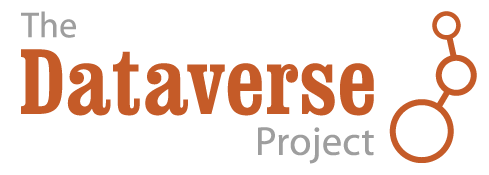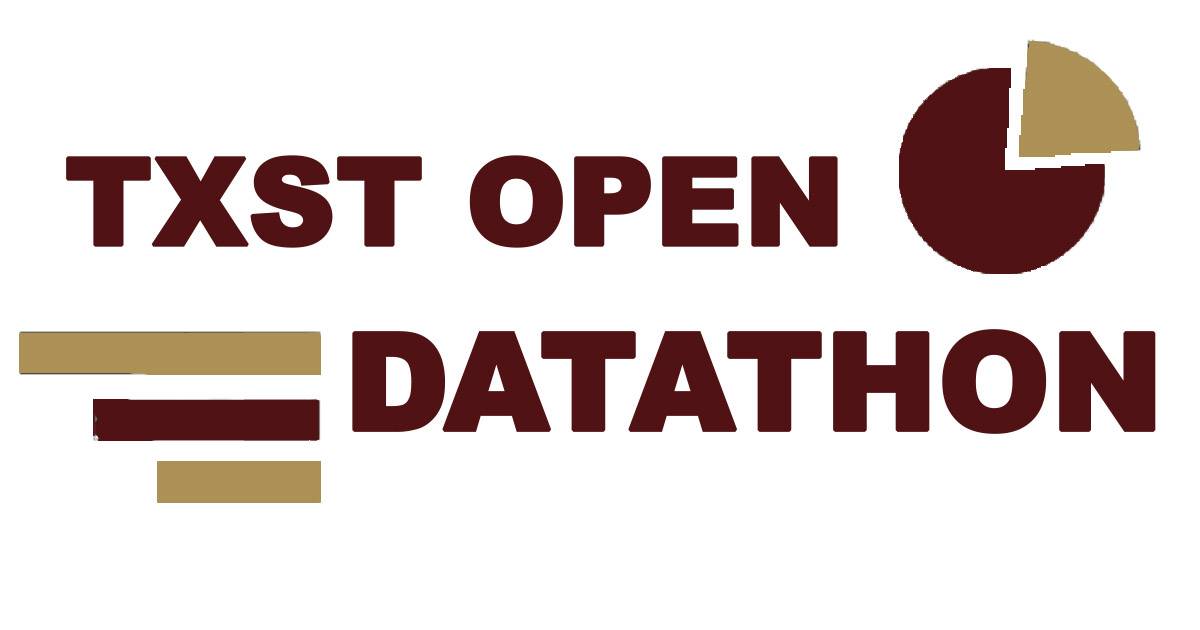Research Data Management
The University Libraries collaborate with university partners to connect researchers with the necessary tools, resources, and expertise for data management at every stage, from planning to archiving. Our goal is to promote best practices and tools that save time, protect data, and enhance research impact. We offer in-depth guidance on Data Management plans and strategies for organizing and curating data throughout the research lifecycle.
Data Management Training
Quick Start From Plan to Publish
Research Data Management refers to the storage, access and preservation of data produced from a given investigation. RDM practices cover the entire lifecycle of the data, from planning the investigation to conducting it, and from backing up data as it is created and used to long term preservation after the research investigation has concluded. Good data management helps you: meet requirements set by funding agencies and publishers; ensure that your data is complete, documented, and accessible; encourage the discovery and reuse of data to further discoveries; raise the profile and recognition of your research, and receive credit for your data and increase its impact and visibility
Data Management Plans
A data management plan is simply a 1-2 page summary explaining how you are planning to manage the data gathered in the course of your research project. Most funding agencies are asking researchers to submit a data management plan as part of their grant application. Always consult the specific data management requirements for your funding agency to write your data management.
The University Libraries Research Data Services can assist researchers with their Data Management Plans by reviewing, providing boilerplate text related to our Dataverse Repository and metadata, or consulting to help answer questions and ensure a great data management plan for your next research project.

The Data Management Planning Tool (DMPTool) is the authoritative way to build your data management plan. The DMPTool has templates from all the major funders, and sample language specific for Texas State University researchers to help you write a great data management plan.
To get started, go to DMPTool.org:
- Use your Texas State email address
- Click "Sign in with Institution to Continue" button
- Use your Texas State NetID and password to login
Organize & Plan
File names and a simple hierarchy will make files easier to locate. Set up conventions for your project, document them for all team members and be consistent!
- Keep file names short, descriptive, and agree on and follow consistent conventions with your team
- Try to keep file hierarchies shallow, and no more than 4 levels deep
- Limit the number of files to around 10 files per folder
- Keep track of versions through either date and time or a numbering system (v01, v01-01, v02-01, v03-01, etc.)
- Use standard dates in YYYY-MM-DD format (2022-07-23)
- Use a short identifier (e.g Project Name or Grant #)
- Include a summary of content (e.g Questionnaire or GrantProposal) as file name
- Use underscore (_) as delimiters. Avoid special characters (i.e., &,*%#*()!@${}[)
- Keep track of document versions either sequentially or within a unique date and time
- Make folder hierarchies as simple as possible
Data Documentation
Document and Describe
Without description, data is hard to understand and use. Make your data FAIR (findable, accessible, interoperable, reusable) by describing it with metadata (data about data). Metadata is sometimes captured through deposit in data repositories, but you can also prepare data dictionaries, codebooks and README files to further describe and contextualize your work.
README Files
README files are plain text documents that sit at the top level of project folders and describe the purpose of the project, contact details, and organization of files. Including a README with your work helps ensure that future users will understand the data, any terms, and more.
README Files Should Include:
- Title
- Principle Investigator(s)
- Dates/Locations of data collection
- Keywords
- Language
- Funding
- Descriptions of every folder, file, format, data collection method, instruments, etc.
- Definitions
- People involved
- Recommended citation
Share Your Data

The Texas State University Dataverse Repository is hosted on the Dataverse platform, developed and used by Harvard University. It offers researchers a trusted repository to deposit, share, manage, and publish their research datasets. Researchers can also find and cite data across all research fields. The Texas State University Dataverse Repository is an open access data repository supported and hosted by the Texas Digital Library.
To get started go to: https://dataverse.tdl.org/dataverse/txst
- Select your institution: Texas State University
- Login with your TXST NetID and password
- Click “Add Data” to create a new Dataverse Collection or Dataset
Contact Us
- Schedule a consultation to discuss your research project.
- Learn more on our Research Data Management LibGuide.
Frequently Asked Questions
-
What can I do with the DMPTool?
The DMPTool helps researchers create data management plans (DMPs). It provides guidance from specific funders who require DMPs, but the tool can be used by anyone interested in developing generic DMPs to help facilitate their research. The tool also offers resources and services available at participating institutions to help fulfill data management requirements.
-
Who owns the data management plans created with the DMPTool?
Data management plans are the intellectual property of their creators. The California Digital Library makes no claim of copyright or ownership to the data management plans created using the DMPTool. You can, however, choose to share your plan publicly and it will appear in our library of public plans on the DMPTool website. This will benefit other DMPTool users and promote open research.
-
I'm in a hurry! Is there a quick start guide for creating a data management plan?
Yes, the Quick Start Guide is available on TXST DMP LibGuide. It is a PDF file that you can download for use.
-
Where can I read more about funder requirements for data management plans?
The Funder Requirements page provides direct links to funder guidelines, as well as sample plans if provided. You do not have to be logged into the DMPTool to access this page.
-
What to do with my plans in DMPTool if I move to a new institution?
Since the DMPTool account is tied to an email address, the information will not automatically follow a user if they change institutions. However, DMPTool can connect users to their plans from previous institutions if they DMPTool here. Users who change institutions and assume new institutional credentials must create a new DMPTool account.
-
Are there examples of data management plans?
The DMPTool hosts a collection of public plans. The collection contains actual plans created by DMPTool users who have opted to share their plans publicly. Please note that these plans have not been vetted for quality. Some funders provide sample plans on their websites; links to these plans are available on the Funder Requirements page.
-
How do I get started with the TXST Dataverse Repository?
- Log in to https://dataverse.tdl.org using your institutional username and password. You’ll see a drop down menu where you can select your institution’s name. Then just use your regular institutional credentials to log in.
- Optionally, create a new Dataverse collection for collecting all your datasets in a single location. A Dataverse collection is simply a container for collecting multiple datasets or studies.
- Add a dataset, which can include multiple files such as raw data files and supplementary materials.
- To help others discover and understand the data, provide some information about what you’ve uploaded in the forms provided.
- Hit publish! Or, if you would like to restrict access to the data, you can share only with a select few.
- Go to the TDR User Guide for more detail.
-
What kind of data can I deposit?
- Researchers can deposit a wide variety of data and related electronic materials to the Texas Data Repository, including spreadsheets, sensor and instrument data, surveys, GIS data, and imagery, along with associated material such as codebooks or data dictionaries. Any individual file uploaded to the repository must be under 4GB, though any uploads over 2GB, and some below that threshold, may be slow or stall due to variables outside of TDL's control. Please email support@tdl.org if you having trouble uploading files. If you have files over 4GB, we will consider support options on a case by case basis and in consultation with your Institutional TDR liaison.
- The Texas Data Repository encourages data deposit from all disciplines and can accept any type of data file, though it is advisable to provide data in non-proprietary formats in order to ensure broader use for researchers with access to different analytic software.
- By default, published data is assigned a CC0 license, so that others may freely access and build upon the work. Researchers can alter this license and create custom terms of use for their data if appropriate.
- The Texas Data Repository does NOT accept content that contains confidential or sensitive information, and requires that contributors remove, replace, or redact such information from datasets prior to upload. Confidential or sensitive information refers to all identifiable information, such that re-identification of any subjects from the amalgamation of the information available from all of the materials is possible and can include: social security numbers; credit card numbers; medical record numbers; health plan numbers; other account numbers of individuals; or biometric identifiers (fingerprints, retina, voice print, DNA, etc.).
-
How large can datasets be?
- Any individual file uploaded to the repository must be under 4GB, though any uploads over 2GB, and some below that threshold, may be slow or stall due to variables outside of TDL's control. Using a wired connection for uploads over 2GB is recommended. You can upload as many files as you want to a dataset, which may include multiple files. Please email support@tdl.org if you having trouble uploading files.
- If you have files over 4GB, we will consider support options on a case by case basis and in consultation with your Institutional TDR liaison.
-
I have data that contains identifiable information about human subjects. Can I add it to the repository?
- No. Users of the repository must NOT add data to the repository that contains confidential or sensitive information.
- In order to deposit data in the repository, users must agree to a “terms of use” statement in which they acknowledge that the repository will NOT accept content that contains confidential or sensitive information, and requires that contributors remove, replace, or redact such information from datasets prior to upload.
- Confidential or sensitive information refers to all identifiable information, such that re-identification of any subjects from the amalgamation of the information available from all of the materials is possible and can include: social security numbers; credit card numbers; medical record numbers; health plan numbers; other account numbers of individuals; or biometric identifiers (fingerprints, retina, voice print, DNA, etc.).
-
How can I share my data with colleagues without making the data public?
- There are several ways to share data you deposit in the TDR without publishing the data.
- Go to the User Guide Sections 3.2 and 3.4 for more detail.
- You can provide access to restricted files with anyone (whether they have a TDR user account or not) by creating a private URL.
- You can include others with TDR user accounts to collaborate in the management of datasets, files, and Dataverse collections. More about sharing data.
-
What if someone I want to share my data with doesn’t have a user account in TDR?
- If you just want to provide “read” access to restricted files, you can create and share a private URL that anyone (whether they have a user account or not) can use to access the data. See Section 3.4 of the User Guide for instructions on sharing via a private URL.
- Other types of sharing and collaborating require that those you are sharing with have user accounts in the TDR. See Section 3.5 of the user guide for instructions on inviting them to create user accounts.
-
How do I add a collaborator in my Dataverse collections or datasets?
Any user who creates a Dataverse sub-collection is automatically the Administrator for that Dataverse collection. Depending on your own role in relations to a Dataverse collection or dataset in the repository, you may be able to assign roles to other users. You can simply locate the "Edit" button on the homepage of your Dataverse collections or dataset, then complete the procedures by the following steps: Permissions>> Users/groups>> Assigning roles to Users/Groups >> grant permission by entering user/group's net ID and role.



